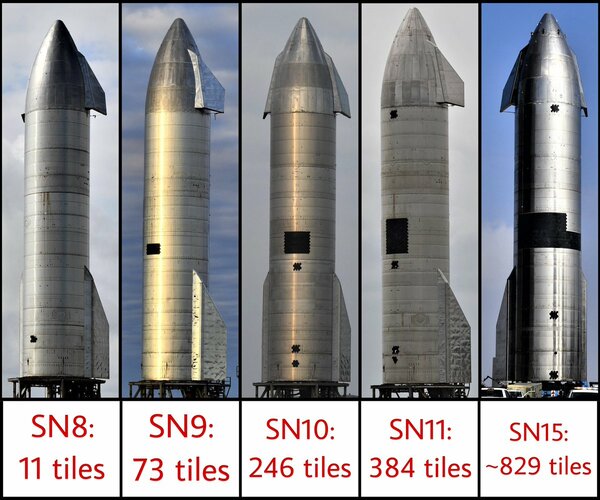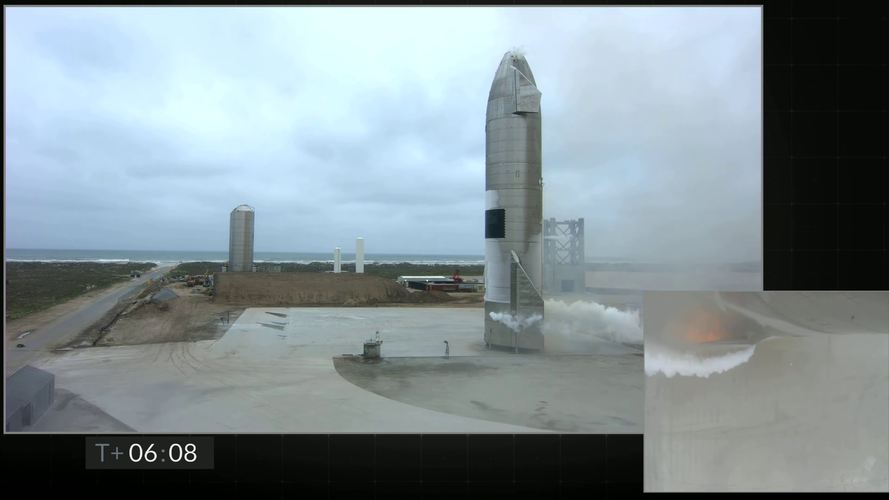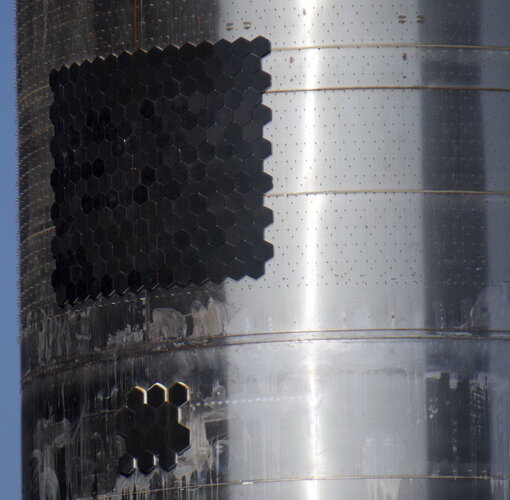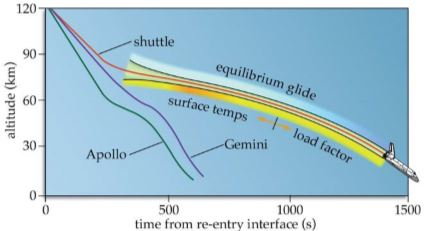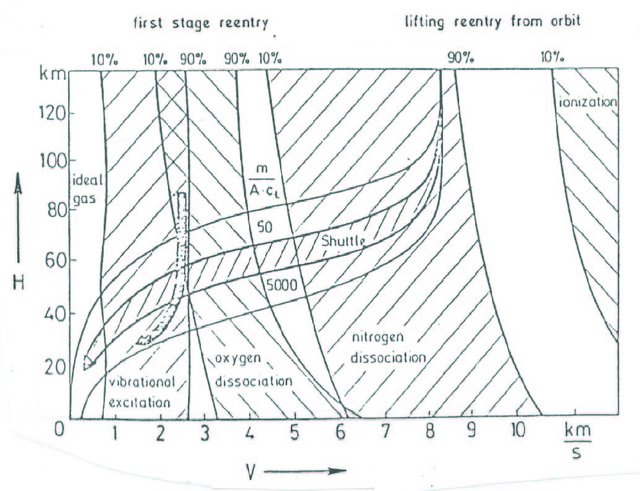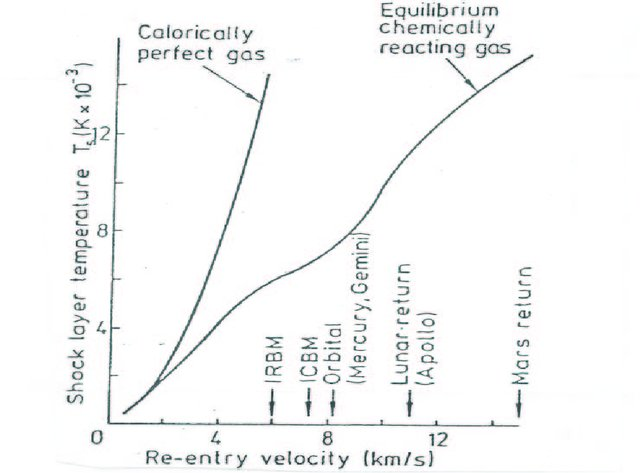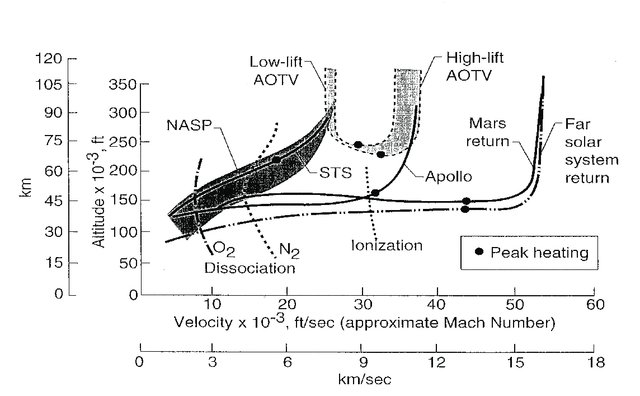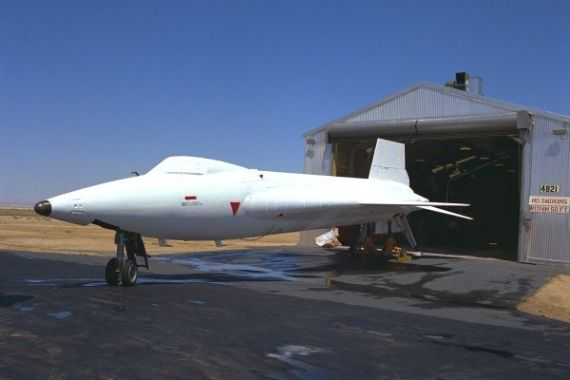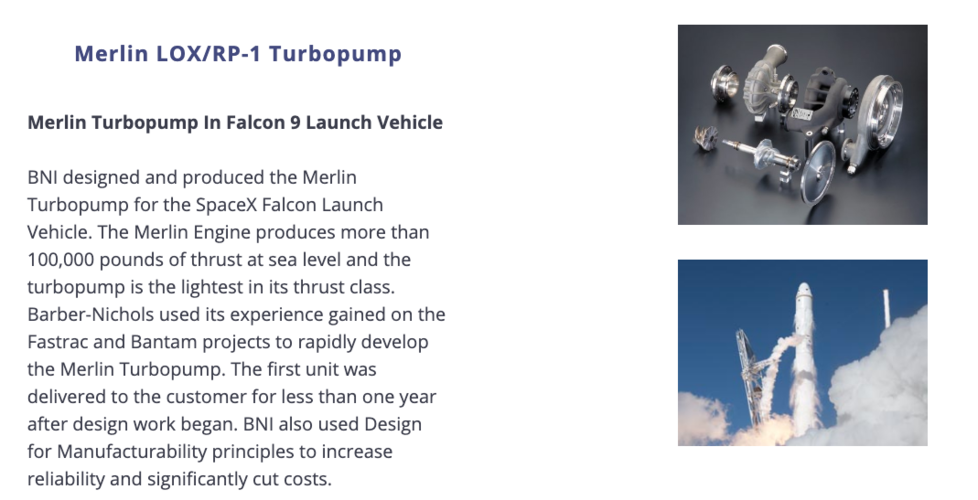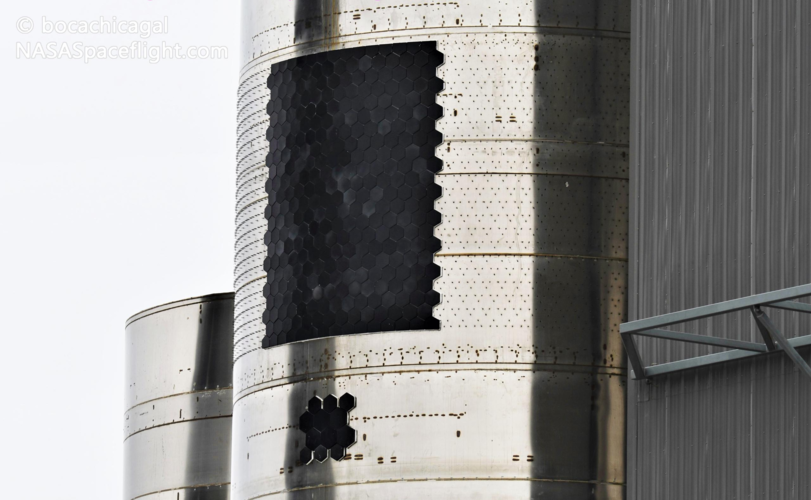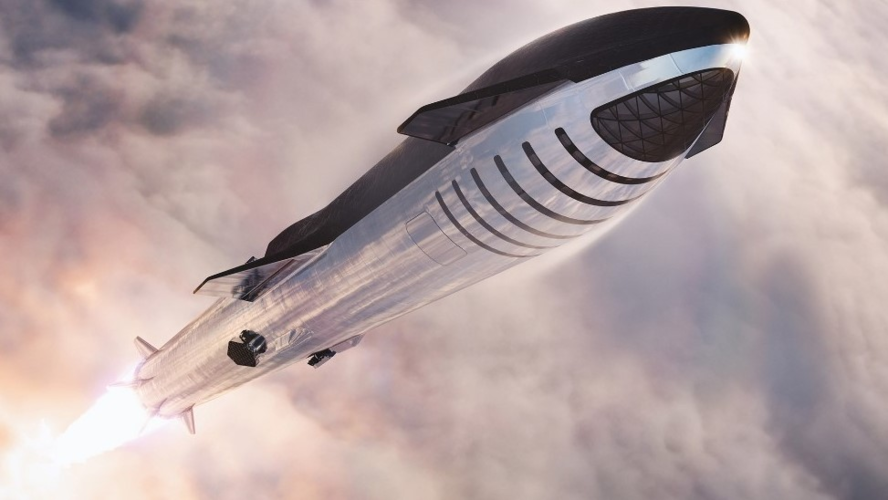- Joined
- 21 January 2015
- Messages
- 12,186
- Reaction score
- 16,444
It will have a heat shield that’s what the tiles on the test vehicles have been.Can someone enlighten me on several points?
Space shuttle had some of the slowest re-entry speeds ever for a space vehicle, correct?
Allegedly the temperature it endured at re-entry was some 1500 degree Celsius. It was aluminum with a lot of ablative shielding.
SpaceX's Starship is all steel, with allegedly no ablative shielding to be used for re-entry? Will it get any other kind of cover? At one point I read about fairly simple ceramic tiles?
What re-entry temperature, at its maximum, is expected for Starship? Will it somehow be below 1300 degree Celsius? If I am not mistaken, most steel alloys melt at close to such temperatures.

